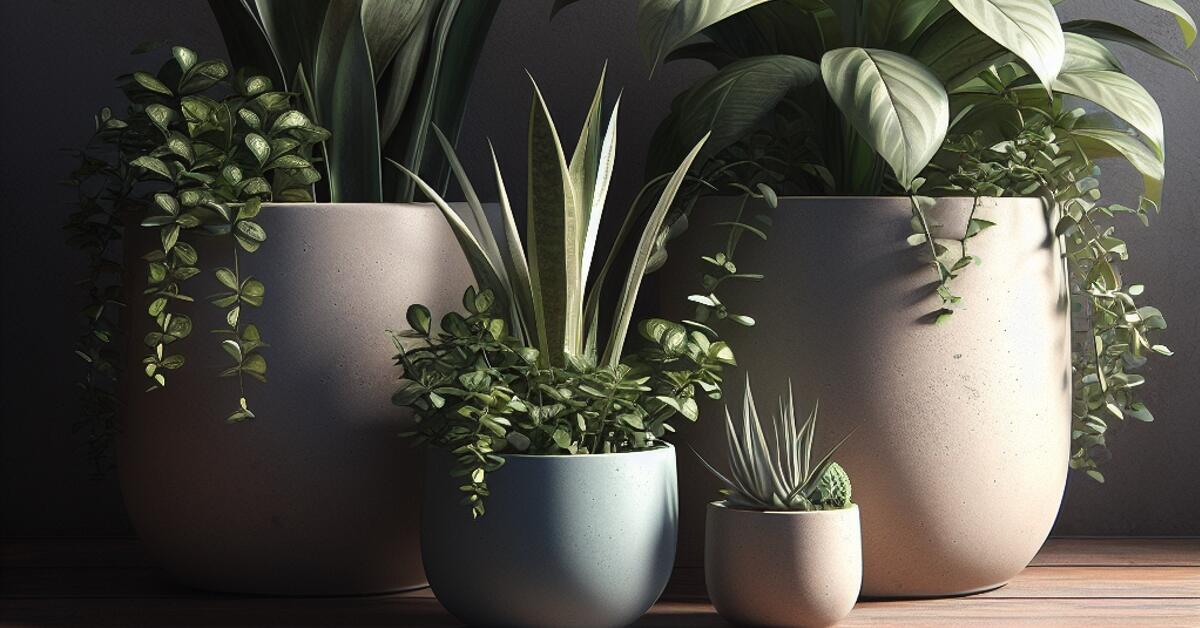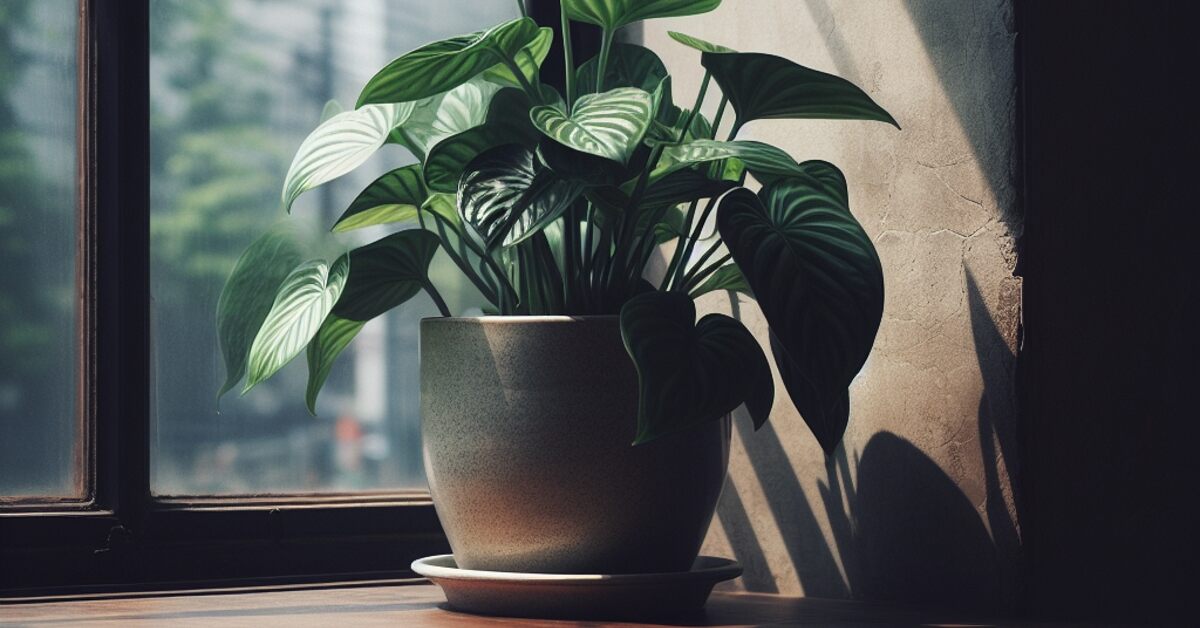Starting your life in a new home presents a wonderful opportunity to surround yourself with greenery. Plants add a touch of nature to your living space and boost happiness and well-being. These tips will show you how to make your new home a haven for plants, transforming it into a serene and lively space.
Assess Your Plant-Friendly Spaces
As you transform your new home into a sanctuary for plants, the first step is understanding and assessing your space. That involves recognizing the physical space available and considering the environmental conditions that will affect your plants’ health and growth.
Understand Your Home’s Lighting
The amount and intensity of light in your home are important for plant growth. Try to observe the natural light patterns throughout your day. Notice which areas receive bright sunlight and which corners are more shaded. This understanding will guide you in selecting plants best suited for each part of your home.
Evaluate Space and Environment
Consider the amount of space you have available for plants. Large, open areas may accommodate bigger potted plants, while compact spaces might be more suitable for small, decorative pots or hanging plants.
Also consider environmental factors such as humidity and airflow. Some plants thrive in humid kitchens and bathrooms, while others prefer dry or well-ventilated areas.
Create More Space
Before bringing in plants, it might be necessary to declutter. That helps make room for your new green friends and involves reorganizing and perhaps removing items that are not essential for your daily living but still hold value. For these items, a rented storage unit can be a smart solution. This option offers a secure and safe storage space to keep your excess belongings, freeing up more room in your home for plants.
Matching Plants with Your Home Environment
Choosing the right plants for your home is a delightful process, but it still requires a great deal of thought. It’s not just about picking plants that catch your eye. It’s about understanding which ones will thrive in your specific home environment.
Matching Plants with Light Conditions
The first step in selecting the right plants is to match them with the light available in your new home. If you have areas that are blessed with full sunlight, consider aloe vera or jade plants, which love the sun.
Parts of your home that receive less light are better for species like snake plants or peace lilies, which can flourish in lower light conditions.
Considering Humidity and Airflow
Humidity and airflow in your home can greatly influence plant health. Plants like orchids and ferns are perfect for humid areas like bathrooms. Conversely, cacti and succulents prefer drier environments.
It’s also important to consider air circulation. Many houseplants can’t tolerate drafts, while stagnant air can lead to pest issues and diseases.
Space and Growth Habits
Consider the growth habits of plants and the space they will occupy in your home when they mature. Compact plants like spider plants or succulents are suitable for smaller spaces, as they don’t take up much room.
For larger spaces or empty corners, you might choose a statement plant like a fiddle leaf fig or a monstera, which can grow quite large and become a focal point.
Easy-to-Care-for Plants for Beginners
If you are new to plant care, starting with hardy, low-maintenance plants can be a wise choice. Pothos, ZZ plants and philodendrons are forgiving and can adapt to various home environments. They require minimal care yet offer the beauty and benefits of having greenery in your home.
Enhance Your Home Aesthetics Through Plant Arrangements
Arranging plants in your new home is largely about their care, but it’s also about enhancing the beauty of your living space. Thoughtful placement and selection of plant pots can transform your home into a visually appealing green retreat.
Create Focal Points with Plants
Choose a few larger plants to serve as focal points in your rooms. A tall Dracaena or an elegant Rubber Plant can draw the eye and add a dramatic touch. Place these in corners or beside furniture pieces to complement your room’s layout without overcrowding.
Mix and Match Plant Pots
The pots you choose can greatly influence the overall look. Opt for pots that complement your home’s style. For a modern look, geometric shapes and neutral colors work well. Consider terra cotta pots or baskets if your home has a more rustic vibe. Mixing and matching different sizes and styles of pots can add character and diversity to your plant arrangements.
Use Vertical Space
If floor space is limited, go vertical. Wall-mounted planters or hanging pots can create a unique display without taking up square footage. Plants like English Ivy or trailing Pothos are perfect for these setups, as they naturally drape and grow downwards.
Group Plants for Visual Impact
Group smaller plants together to create an impactful display. Consider combining plants with varying heights, textures and colours for a dynamic arrangement. That creates visual interest and lets you make the most of your space.
Balance Plant Placement
While arranging plants, aim for a balance. Avoid clustering all plants in one area. Distribute them throughout your home to create a cohesive look.
Remember, the goal is to complement your new living space with plants, not overwhelm it.

